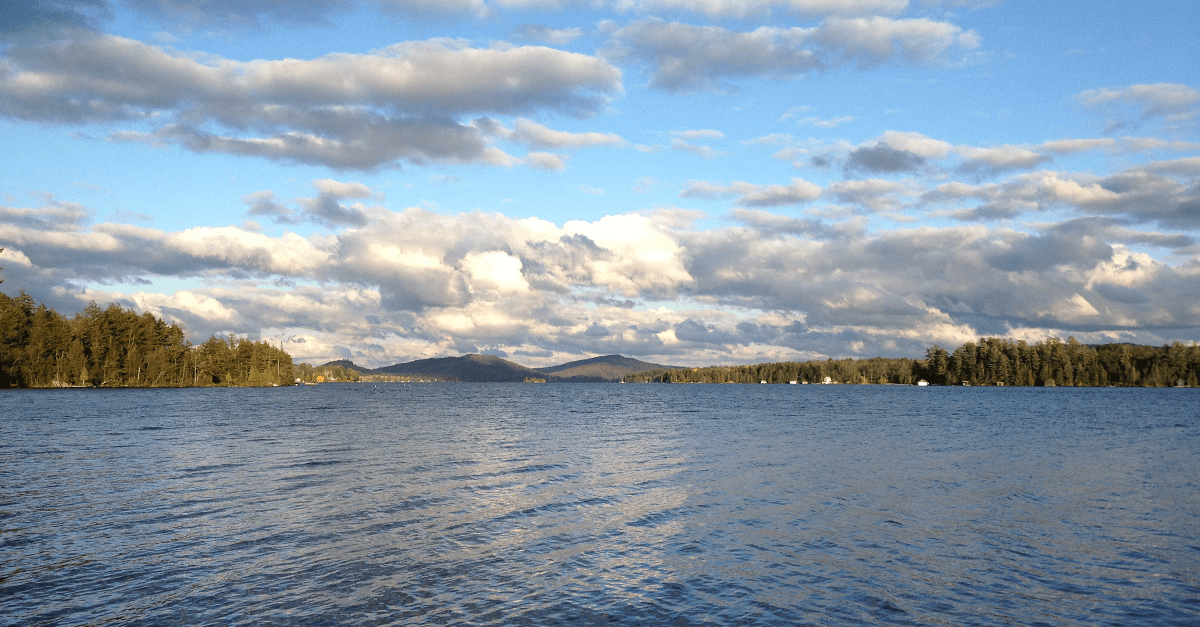
Many Americans do not anticipate or expect water shortages. Most of us are very accustomed to simply turning a faucet, or hose handle, to enjoy a continuous flow of clean water. This expectation might explain why so many of us take access to clean water for granted. But, the reality is that the water supply is increasingly fragile all around the world as consumption is increasing, primarily due to:
- Dramatic worldwide population growth, from roughly 2.5 billion in 1950 to an estimated 7.6 billion in 2018.
- Increased development, urbanization, and quality of life improvements. As populations continue to develop, urbanization increases and the demand for water per capita grows.
- The effects of climate change, including longer and more severe droughts.
- Increased consumption of natural water resources for industrial activity leading to increases in the energy-intensive processes of wastewater reclamation and desalination.
Even in the Northeast and Midwest, which contain 84% of North America’s freshwater, increasingly extreme weather means that we all need to watch our water use – not to mention the costs of literally flushing wasted water down the drain.
Why Water Conservation?
Water management and conservation are critically important to a successful sustainability strategy. We think water and energy management are not mutually exclusive, but rather should always be considered together. A projected $473 billion investment is needed in the U.S. alone over the next 20 years to provide and maintain drinking water infrastructure. There is no better time to begin implementing water conservation projects in the built environment. Here are two examples of how our clients have included water as part of their conservation equation.
Bright Power’s EnergyScoreCards benchmarking platform uncovered historically poor water performance in the initial analysis of a New York City client’s mixed-use multifamily and commercial building. Using our ‘Find, Fix, Follow’ approach, our team tracked down and fixed a previously undetected water leak. Fast-forward nine months and the client has reduced water consumption by 19%, saving $20,000. To prevent issues like this in the future, building management is implementing our MoBIUS service for ongoing monitoring. Once it is up and running, we are able to find and fix problems in real time.
The five-year drought (2013-17) through much of California put tremendous stress on its water supply One of our California clients recently installed low-flow aerators and showerheads across eight multifamily buildings and have seen an approximate 1.9 million gallon reduction in water consumption. That’s almost three Olympic sized swimming pools of water conservation for this client every year!
Making Water Part of Your Energy Equation
Water waste can often be overlooked. It can occur in the form of a slow but constant leak in a toilet or could be an unnoticed open valve that is piped directly to a drain. The good news is, building owners and managers can contribute to water conservation by making relatively modest investments like:
- Low-flow faucet aerators, shower-heads, and toilets (which some local governments require by law).
- Sub-meters to monitor building, unit level, and/or equipment water consumption, along with a company to actually monitor the data and react to it.
- Consumption-based billing of occupants to promote conservation.
- Thoughtful irrigation system planning including low-flow heads, nozzles, and controls.
- ENERGY STAR rated appliances including laundry equipment and dishwashers.
- Participation (where available) in Automated Meter Reading (AMR) which provides interval data for thorough tracking of water consumption. Upgrading water meters is also reimbursable in some markets.
Fannie Mae and Freddie Mac promote decreased water consumption by way of their financing programs, which offer refinancing based on water reduction or targeted energy efficiency thresholds. Additionally, the EPA (with the help of Fannie Mae and other research) has developed a Water Score allowing multifamily building owners to benchmark their water consumption in comparison with equivalent buildings across the country. Through benchmarking, owners also receive key insights on how buildings are performing and how their performance compares to historical data.
“Water is the ‘blue gold’ of the 21st century,” said Noel O’Halloran, chief investment officer of KBI Global Investors, a €9.2B Dublin asset manager that has run a water strategy since 2000. Building owners and property management companies that take an aggressive, strategic approach to water conservation can potentially realize significant financial savings while doing their part to help humanity turn away from the carbon trainwreck it is currently heading towards.
Sources:
Elaboration of data by United Nations, Department of Economic and Social Affairs, Population Division. World Population Prospects: The 2017 Revision. http://www.worldometers.info/world-population.
“Great Lakes Facts and Figures.” EPA, Environmental Protection Agency, 12 Sept. 2017, www.epa.gov/greatlakes/great-lakes-facts-and-figures.
New York City Water Board. (2016). New York City Water and Wastewater Rate Report – FY 2017.
Current Reservoir Levels, NYC Environmental Protection Agency, www.nyc.gov/html/dep/html/drinking_water/maplevels_wide.shtml. 4/17/2018.
Flood, Chris. “The New Oil: How Investors Can Keep Water Flowing.” Financial Times, Financial Times, 12 May 2018, www.ft.com/content/c63d219c-536f-11e8-b3ee-41e0209208ec.